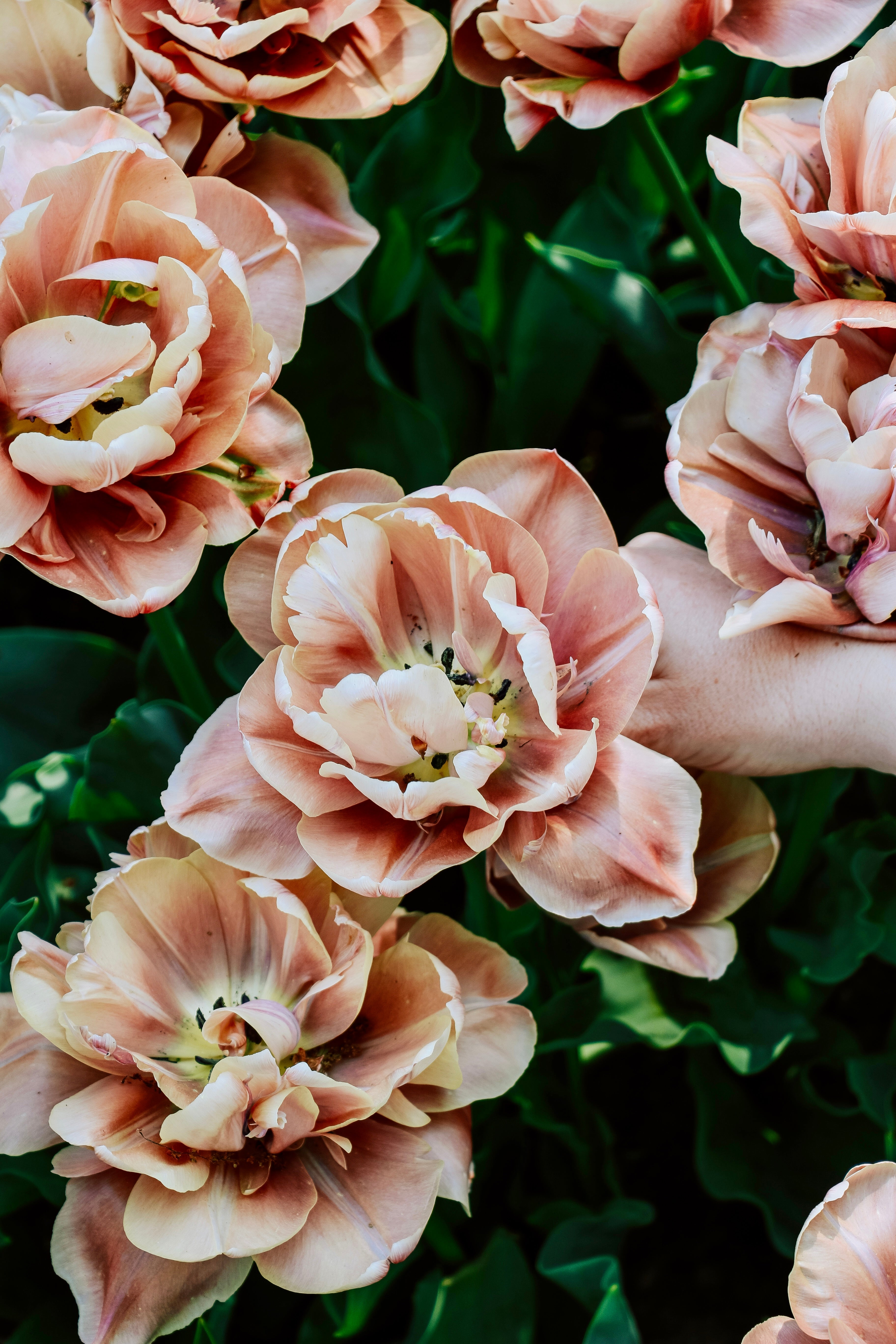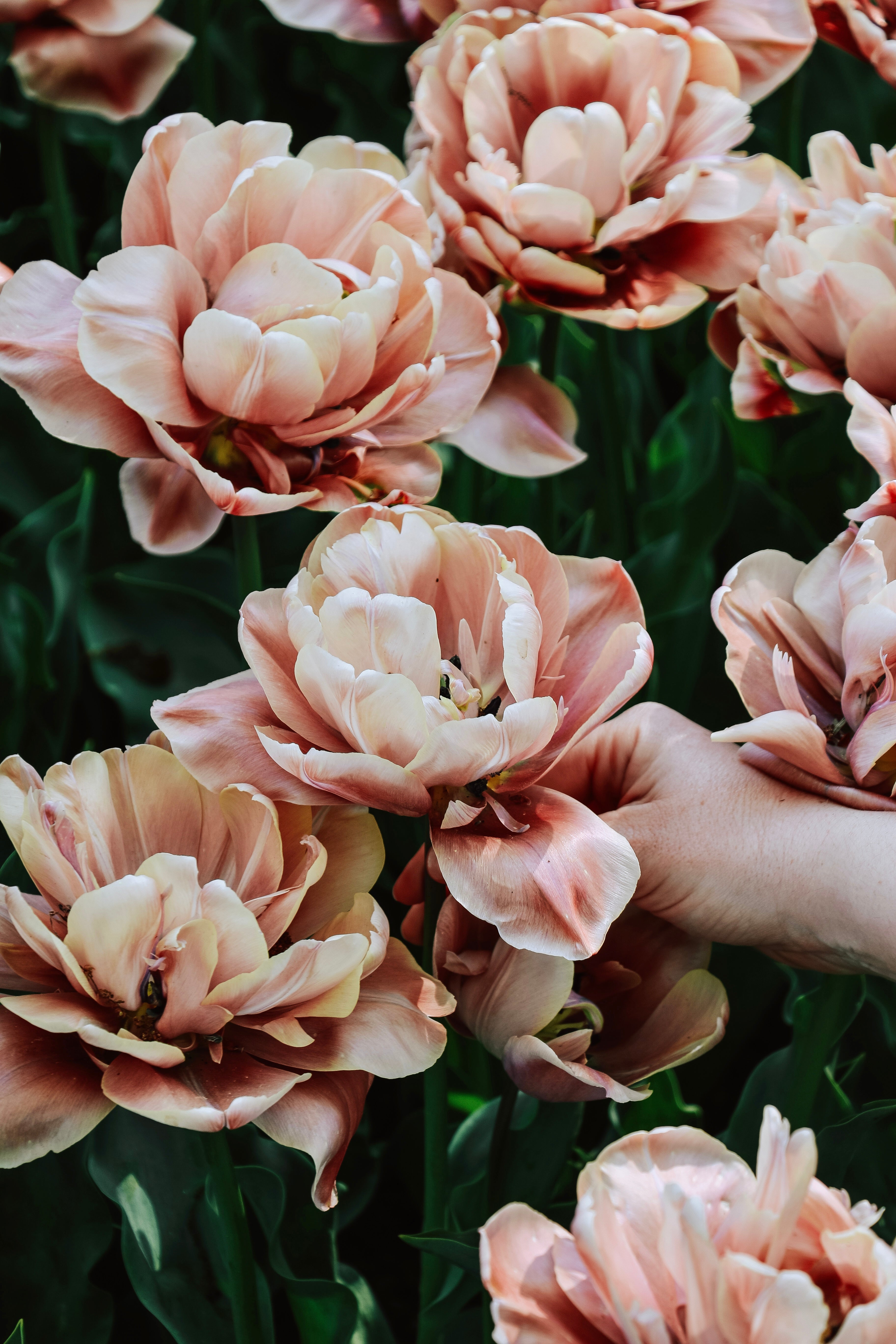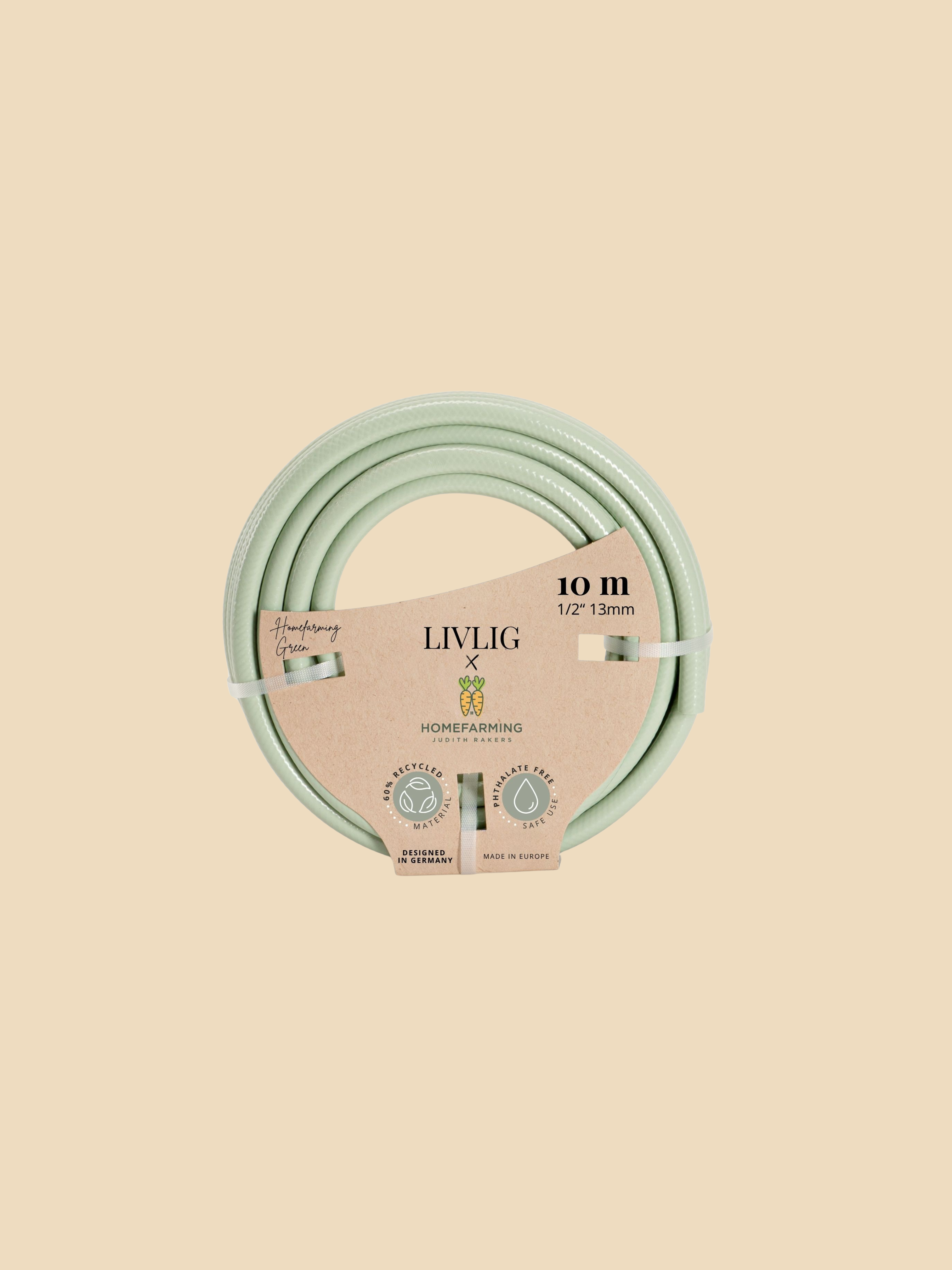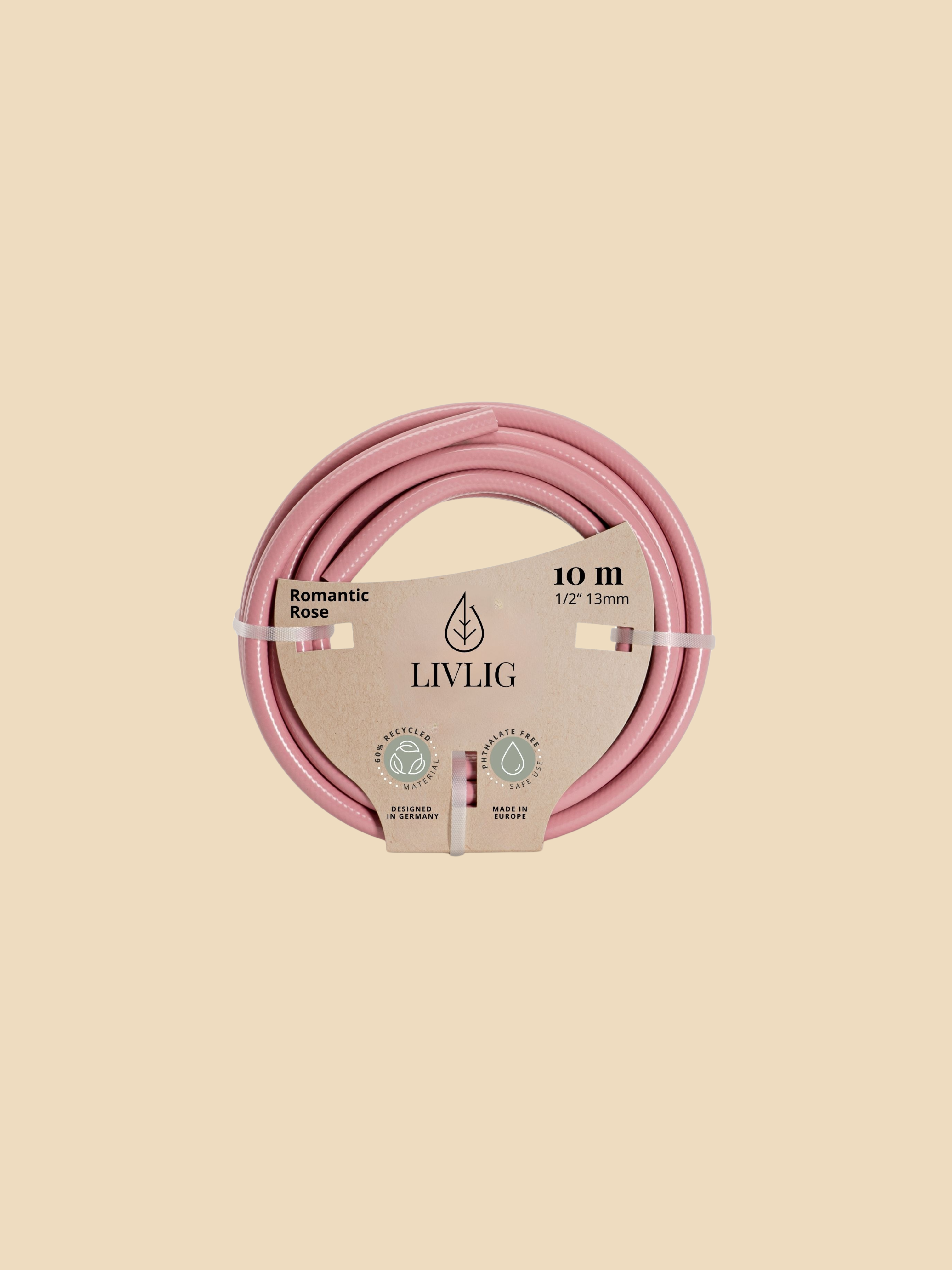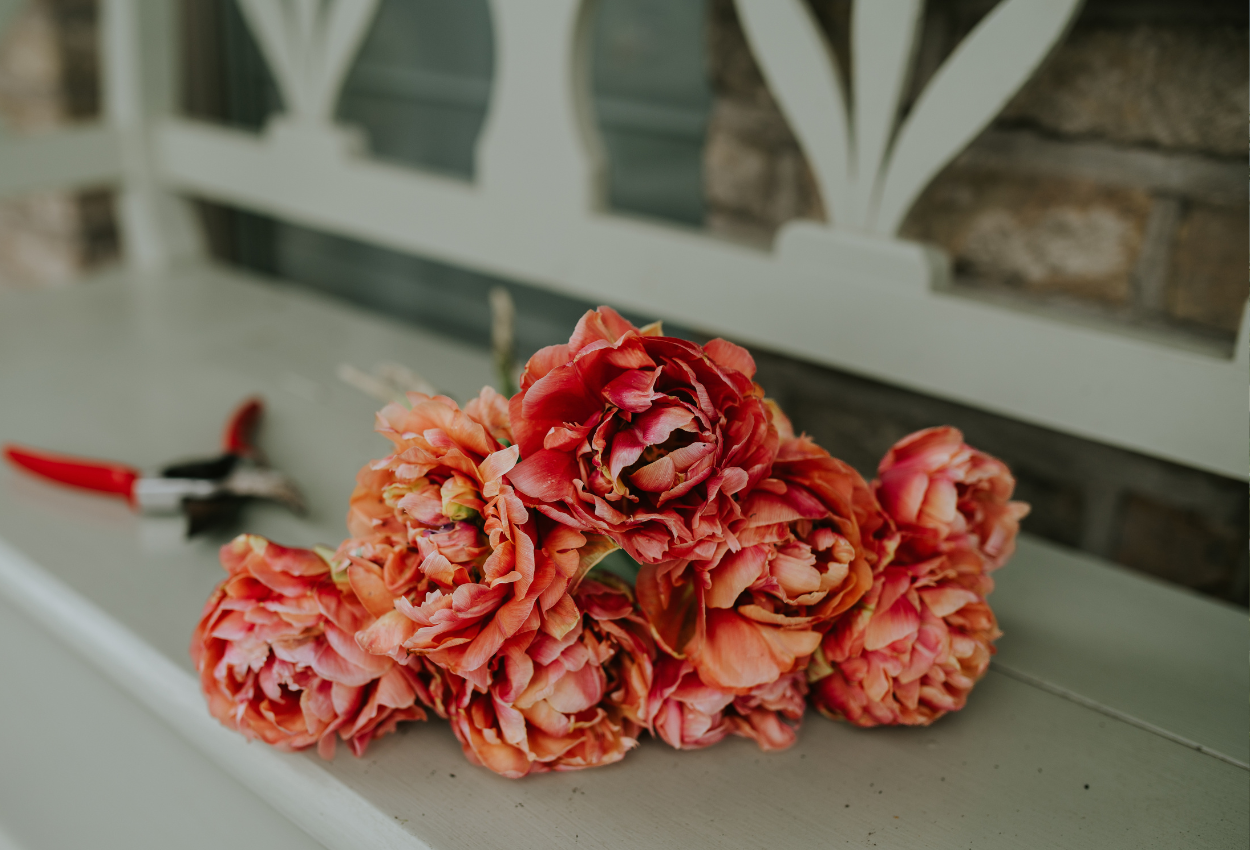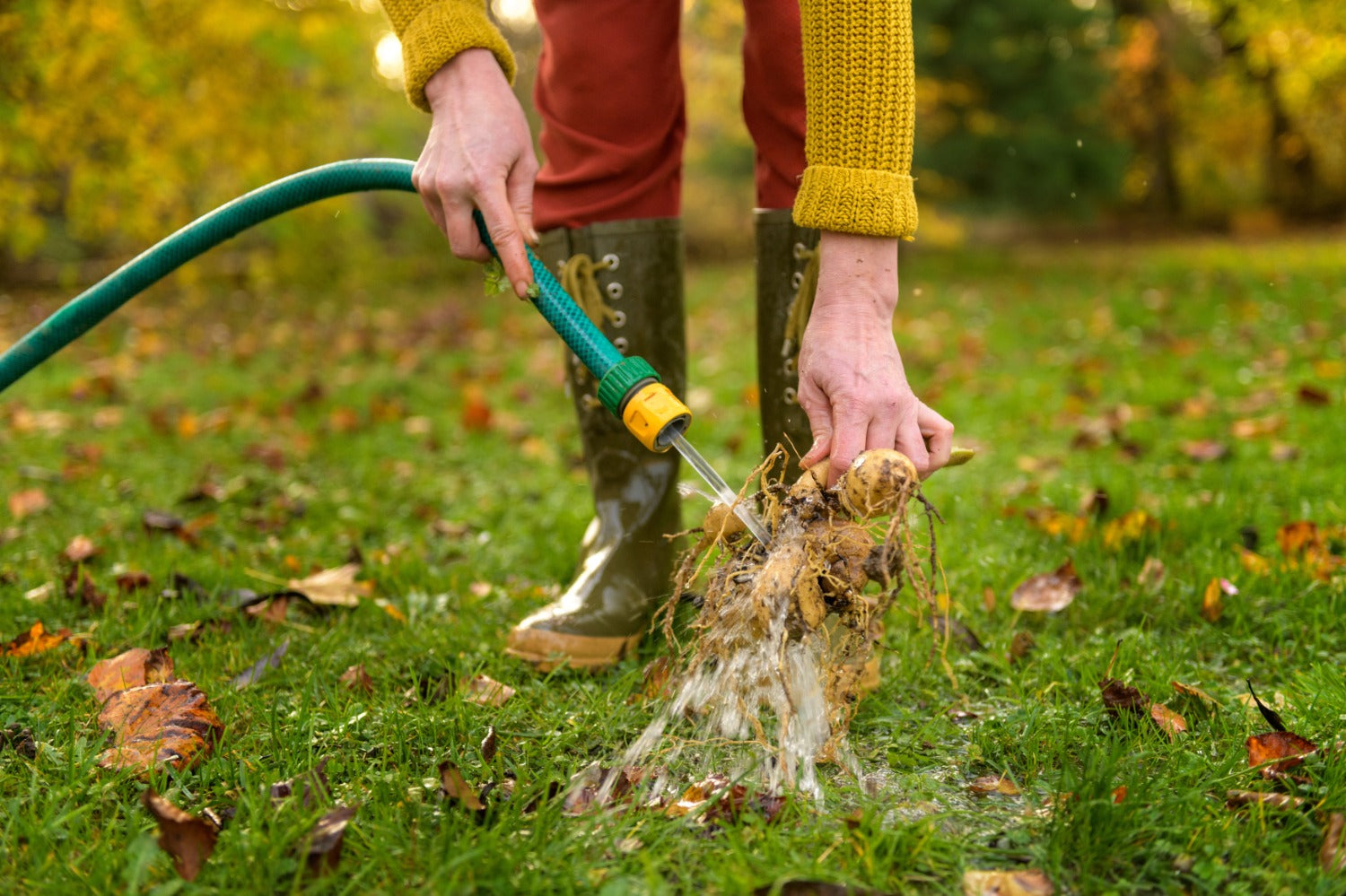It's October, the prime flower bulb month. The nights are getting colder, the leaves are changing color, and the thick sweaters are being brought down from the attic. There's still plenty of work to do in the garden: we continue to harvest dahlias, can relocate plants, and also plant spring in the form of spring flower bulbs.
Planting flower bulbs
Autumn is the perfect season for planting flower bulbs. If you plant flower bulbs now, you'll have blooms in the garden very early in spring. It's a joy for us to watch, but also a tremendous benefit for the pollinators that awaken early from their winter slumber.
By combining different flower bulbs, you also ensure a longer blooming arc in the garden. The blooming arc is the period when plants are in bloom. The season starts very early with snowdrops, transitions to crocuses, then daffodils, and finally tulips. So, combine as many different types as possible for the most delightful effect. The pollinators will be grateful to you in the spring.
When planting bulbs, pay attention to a few things. Make sure the tip, also known as the nose, always points upwards. The flower grows from that point. Are you planting bulbs that can stay in place each season and thus naturalize? Then don't plant them too close together. This gives the bulbs room to grow. If you're planting for harvest, they can be placed closer together. Finally, plant the bulb deep enough to ensure the flowers don't topple over in strong winds. A rule of thumb is to plant them at a depth of three times the size of the bulb.
Planting tulips? Be sure to wait until the end of October. The soil might still be too warm in the garden, allowing Botrytis Tulipae to strike. Botrytis Tulipae, or tulip fire, is a fungus that can damage tulips, causing them to grow poorly and suffer damage to the leaves and flower.
Garden tasks for the month of October
Feel free to leave fallen leaves in the garden. They are the perfect hiding place for insects and hedgehogs. Don't want the leaves on the lawn because they can smother it? Then move them to the borders, where they serve as a mulch layer.
Sow Lathyrus or sweet peas. If you sow sweet peas in autumn, the flowers will have longer stems in spring.
Sow hardy annuals in the garden or greenhouse. Think of Ammi majus (bishop's flower), Antirrhinum (snapdragon), or Nigella (love-in-a-mist).
Unexpected winter chill in the garden? Protect your plants in time and remove the saucers from the pots. This prevents the roots from freezing.
Keep picking dahlias. They can continue to bloom until the first frost. By continuously picking, you encourage the plant to keep producing new flowers instead of putting all its energy into seed formation.
The planting season has begun
October is planting month in the garden. Perennials can now be planted or transplanted. The soil is still warm, allowing plants to establish themselves firmly in the garden. Combined with the wetter periods, this gives them a head start in spring. The plants are often sturdier and can withstand a bit more. Is it very wet or freezing? Then postpone planting in the garden for a while. A dry, crisp day is perfect. For deciduous trees and shrubs, it's better to wait until mid to late November—when they've shed their leaves and are dormant.
When planting, be sure to add some extra compost. This helps improve soil life and gives the plants a stronger start. Dig a spacious planting hole, mix some compost into it, and ensure the plant is firmly in place. Finish with a layer of mulch and water. Now the plant can calmly and well-prepared enter the winter.


Learn more through our videos
Did you know we also have a well-stocked YouTube channel? With more than 450 videos, we have a large database of information. Be sure to take a look on YouTube and subscribe to stay updated on the latest videos.
In this video, Angelo shares his tips on planting tulips in the garden. Be sure not to do this too early to avoid tulip fire.
Color in the garden in the month of October
Many people think a garden is only enjoyable to look at during the summer months because of the summer bloomers. But fortunately, there's plenty to enjoy in autumn too, as long as you consider the different types. So be sure to look around at a plant nursery or in other gardens: what adds color to the garden now, or what is enjoyable to look at during this period? This way, you can add certain types in each season to make the garden interesting all year round. There are various types that are a lovely addition to the garden now:
- Autumn crocuses. These little powerhouses bring a burst of color to the garden.
- Chrysanthemums. The classic ball chrysanthemum is less interesting for the garden, but there are many beautiful varieties perfectly suited as cut flowers.
- Dahlias. The quintessential autumn flower. They keep blooming until the first frost arrives, as long as you keep picking them. Even as the garden grows darker and barer, dahlias continue to offer their best.
- Sedum or stonecrop. This incredibly hardy plant comes in soft colors, making it a lovely addition to the garden. Its sturdy form also provides beautiful structure in the border.
- Malus or ornamental apple. A true favorite. The small, often bright red apples cling to the branches during the winter months. Delightful for us to admire, but also a treat for blackbirds and other small garden birds during the coldest months.
- Euonymus or spindle tree. This native shrub steals the show in autumn. The bright berries create a true explosion of color in the garden.


